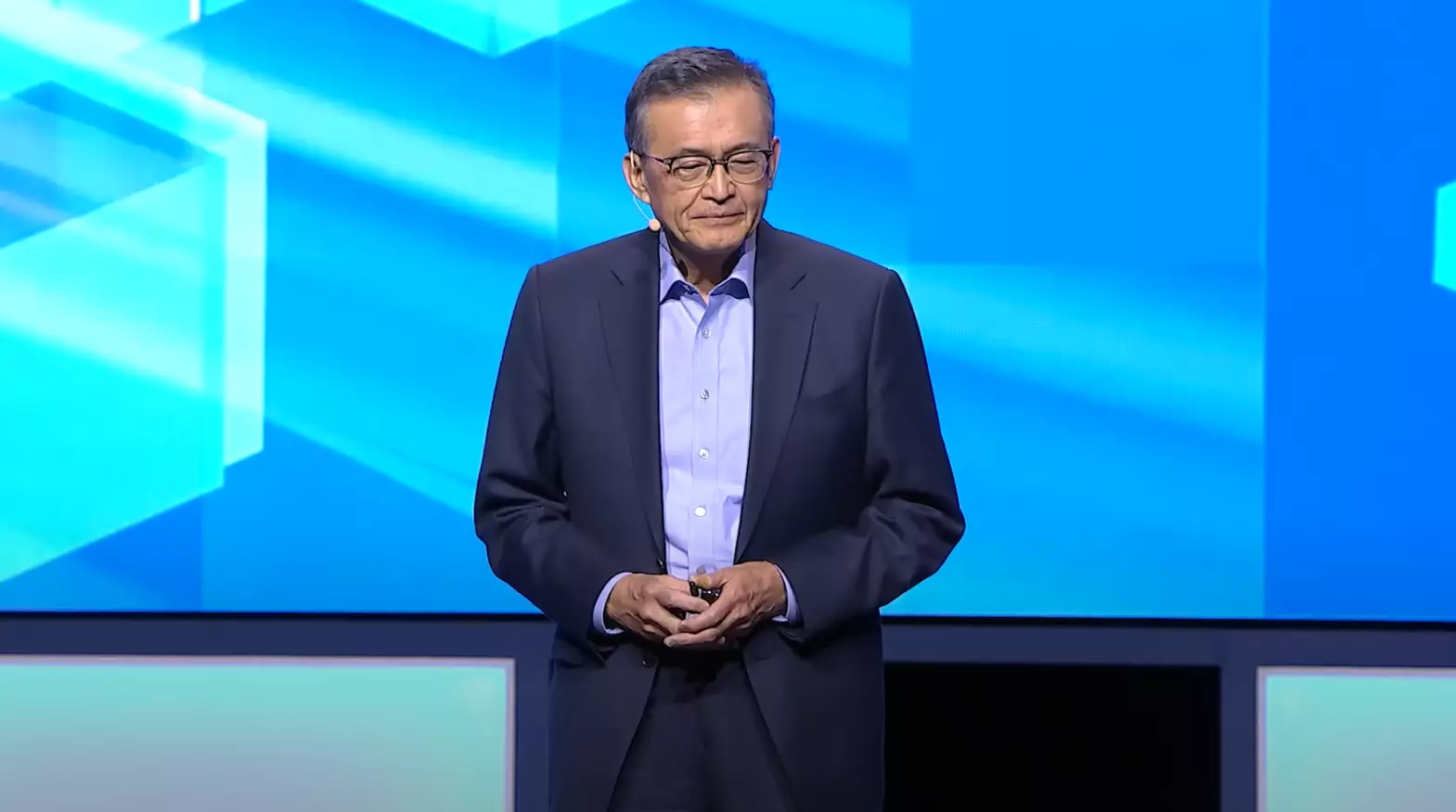Intel has found itself idling at a crossroads, uncertain of its route as the technology landscape rapidly evolves. The recent earnings call led by new CEO Lip-Bu Tan marks a pivotal moment for the company, demonstrating both promise and the necessity for substantial transformational change. Tan’s commitment to revamping the organizational structure, notably through a “flattening” approach, aims to dismantle the bureaucratic hurdles that have long plagued the company’s innovation capabilities. With a call to bring employees back to the office for four days a week, he emphasizes the importance of collaboration, a value that seems overdue in the tech giant’s extensive landscape.
Tan’s first earnings call set off a wave of speculation as he alluded to Intel’s ambitions in the artificial intelligence (AI) sector. His mention of aspiring for partnerships with the “industry leader” in AI raised eyebrows, particularly in relation to heavyweights like Nvidia and OpenAI. The implication is clear: in order to stay relevant, Intel must rethink its strategic alliances and product focus, particularly around hardware that aligns with AI workloads. Yet, as engaging as Tan’s opinions are, they also prompt questions about the timelines and actionable steps required to bring such aspirations to life.
Strategic Alliances in a Competitive Landscape
The crux of Intel’s future in AI may hinge on partnerships, but the ambiguity surrounding Tan’s mention of “industry leaders” presents challenges. Nvidia, widely regarded as the premier provider of hardware for AI processing with its cutting-edge Blackwell architecture, could emerge as a vital ally for Intel. By incorporating Intel’s x86 architecture into Nvidia’s advanced solutions, Tan might be positioning Intel to attain a foothold in AI infrastructures predominantly currently made up of Nvidia’s GPU platforms.
Alternatively, could Tan be eyeing OpenAI’s methodologies and products? If a partnership were to emerge, it might spur development of specialized AI chips tailored explicitly for advanced machine learning applications. However, Tan’s candor reveals that this is a long-term project, away from the quick fixes often sought by investors looking for immediate returns. A strategy that promises comprehensive re-evaluation of Intel’s portfolio is indeed noble, yet the execution will require patient and precise navigation in order to succeed.
Addressing Internal Complexities and Workforce Dynamics
Another interesting revelation from Tan’s call was a candid acknowledgment of the internal complexities plaguing Intel. With rumblings of staff cuts circulating, overseen by rumors of a 20% workforce reduction, Tan’s comments about needing to eliminate bureaucratic barriers signify a tougher approach. His assertion that “organizational complexity and bureaucracies have been suffocating the innovation and agility we need to win” could indicate a shift toward a more nimble operational model, reminiscent of startups that thrive on rapid iteration and adaptability.
Tan’s unequivocal mandate for a four-day workweek return to the office further cements his resolve to cultivate a culture of face-to-face collaboration. This is an encouraging step, but it raises questions about employee sentiment and morale in a company where remote work has been significantly embraced. Transitioning back to an office-centric operation poses its own set of challenges, notably for a workforce accustomed to flexible work arrangements, and could create friction if not managed tactfully.
A Glimpse into Future Technologies
While Tan hinted at the developmental road ahead, he notably refrained from unveiling any new products or specifics regarding partnerships during the earnings call. Despite reaffirming commitments to launch next-generation Panther Lake CPUs on the innovative 18A node, there remains a palpable sense of anticipation regarding what Intel can bring to the table in the AI domain. The tech industry is abuzz with vibrant discussions around AI-enabled PCs and chips that cater to the emerging demands of machine learning—yet Intel’s absence from vocally establishing new customers or adopting cutting-edge tech like other foundry competitors remains conspicuous.
Tan’s remarks underscore that the current momentum must translate into action to ensure Intel not only keeps pace but reclaims its stature in the tech world. Investors and analysts alike are keenly waiting for distilled clarity on product directions, partnerships, and innovations that will ultimately cater to the next era of computing.
Overall, the earnings call represented a bold first step in Lip-Bu Tan’s leadership; however, the journey remains fraught with complexity. As Intel seeks to navigate emerging market demands and establish its footprint in AI, one thing remains evident: the future of Intel will depend on how effectively it can transform aspirations into tangible results. The clock is ticking.

